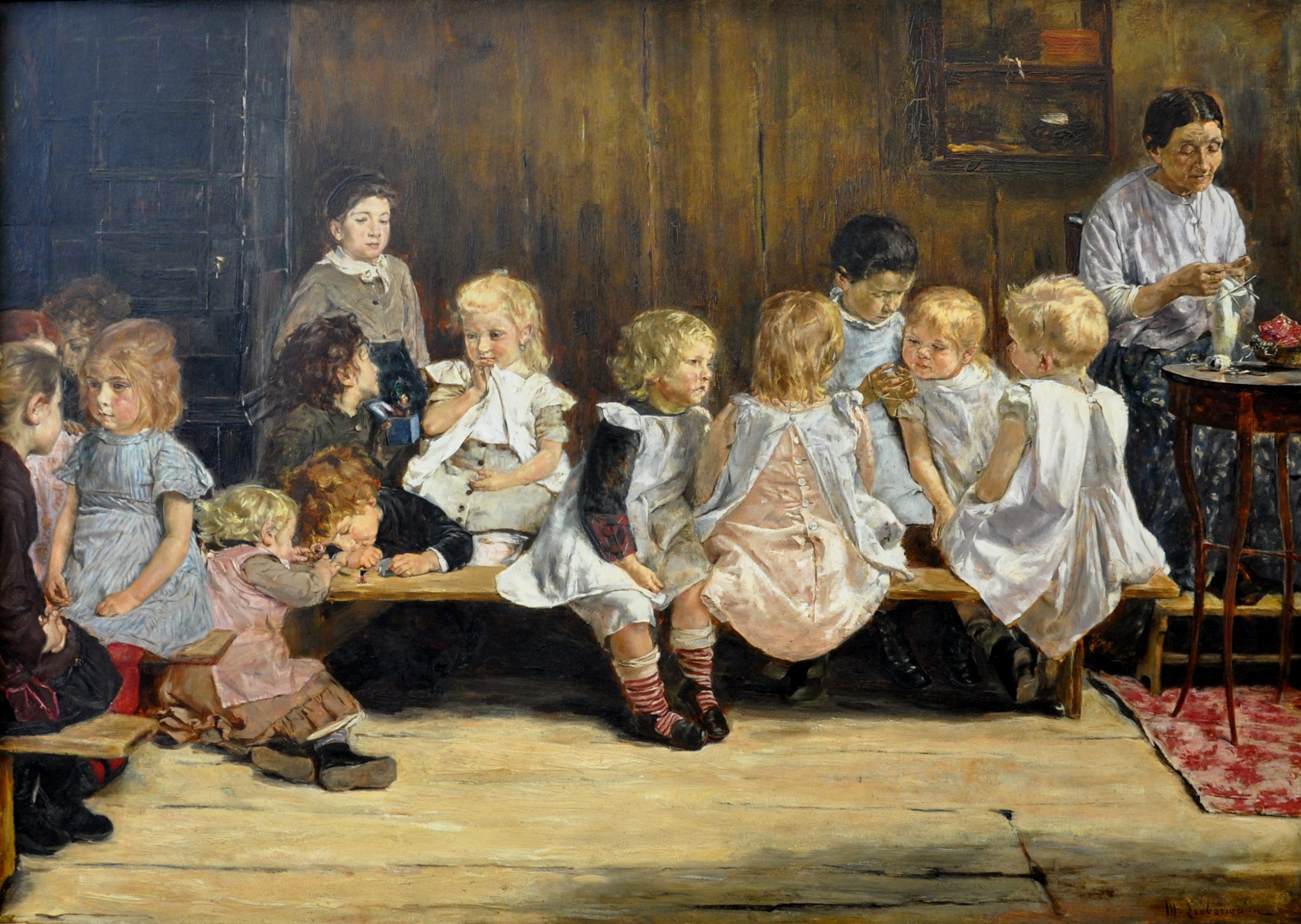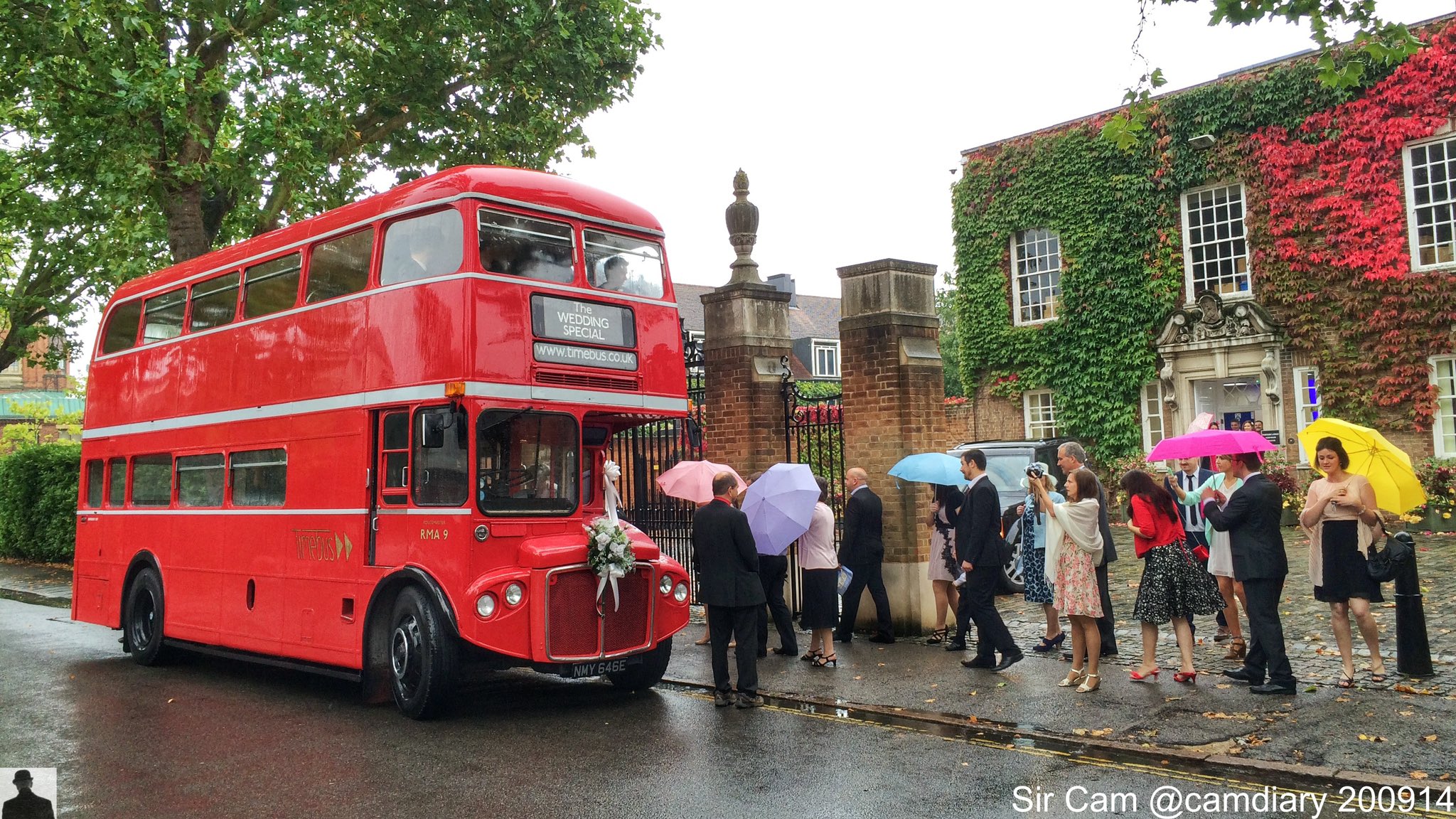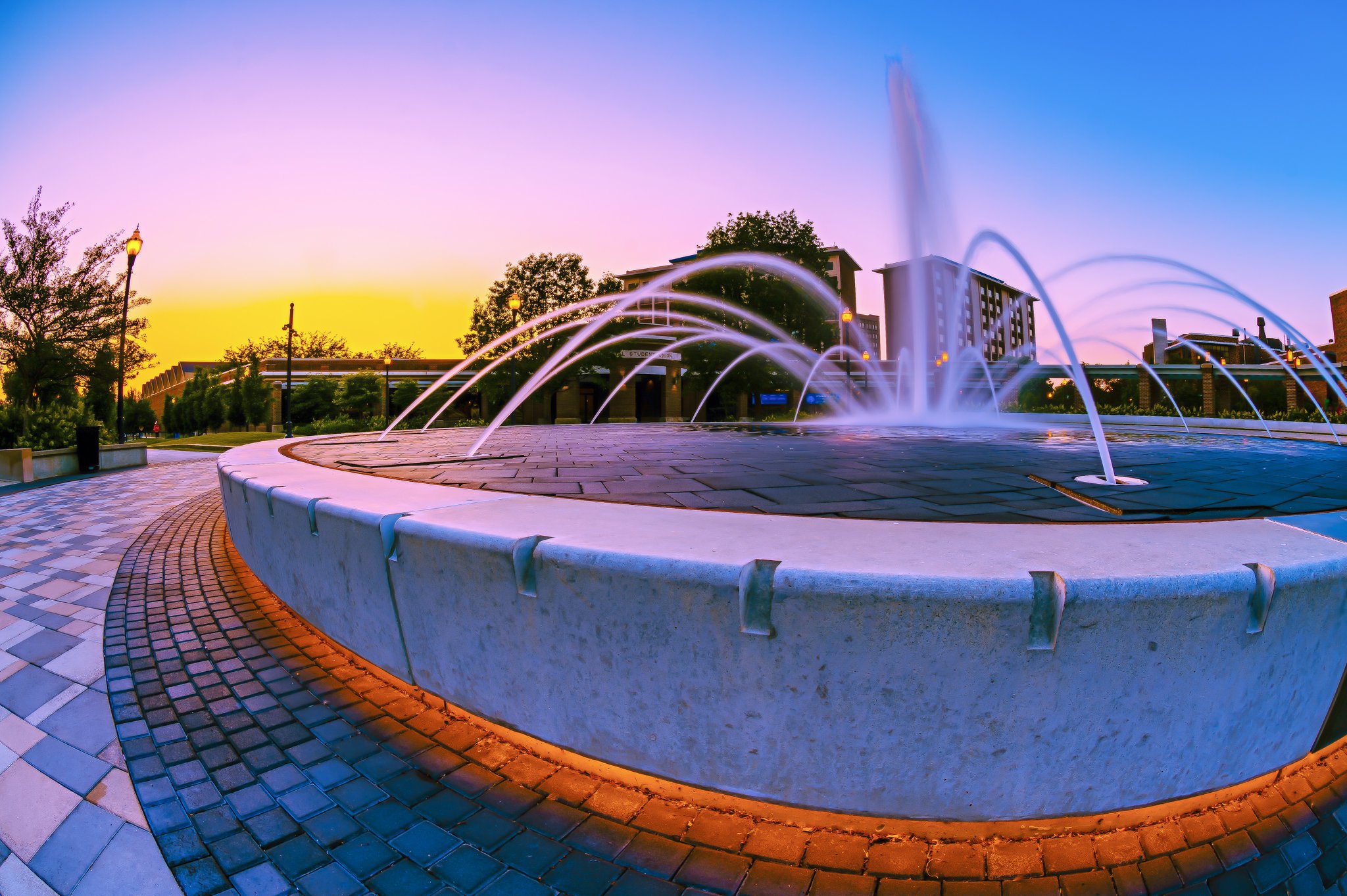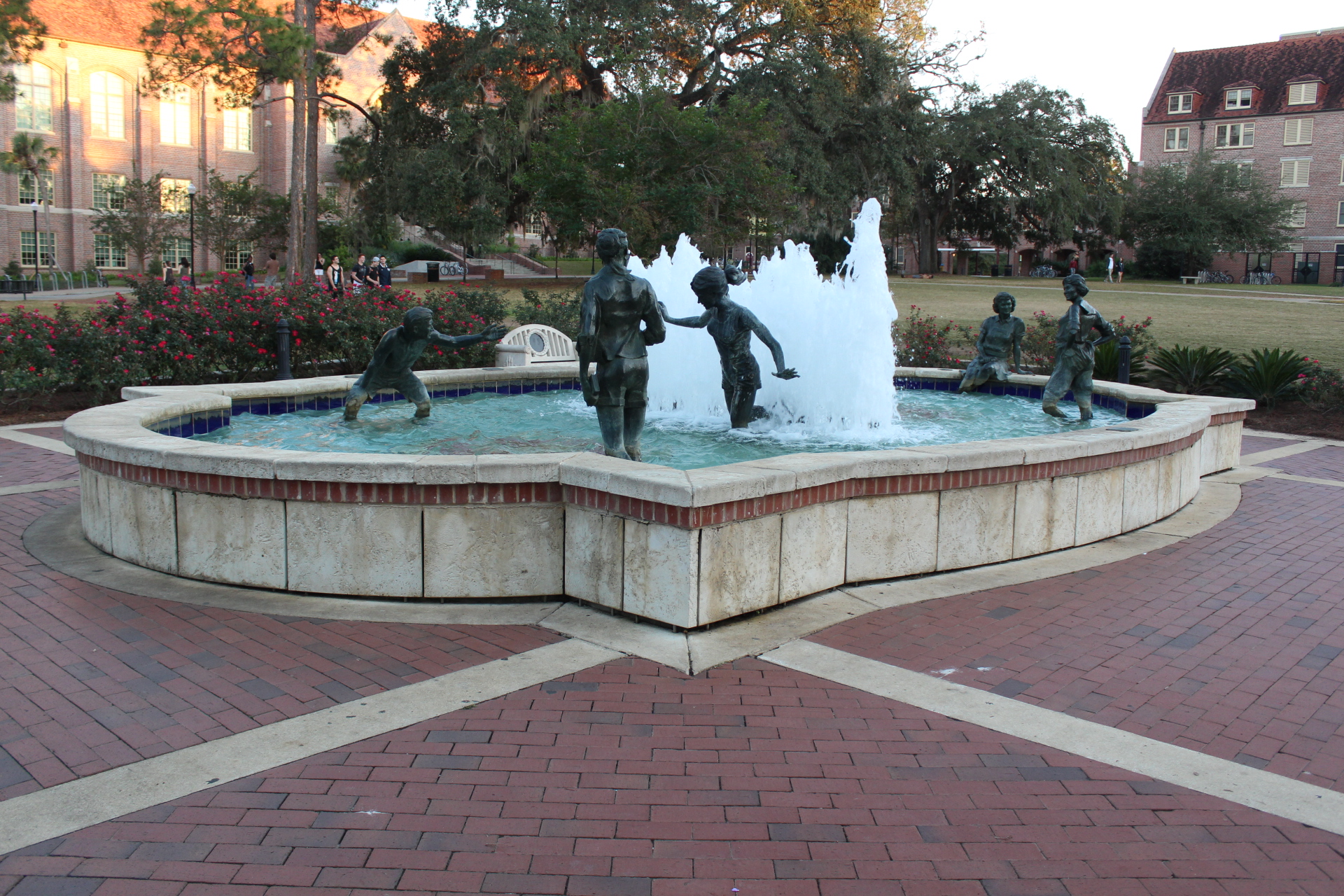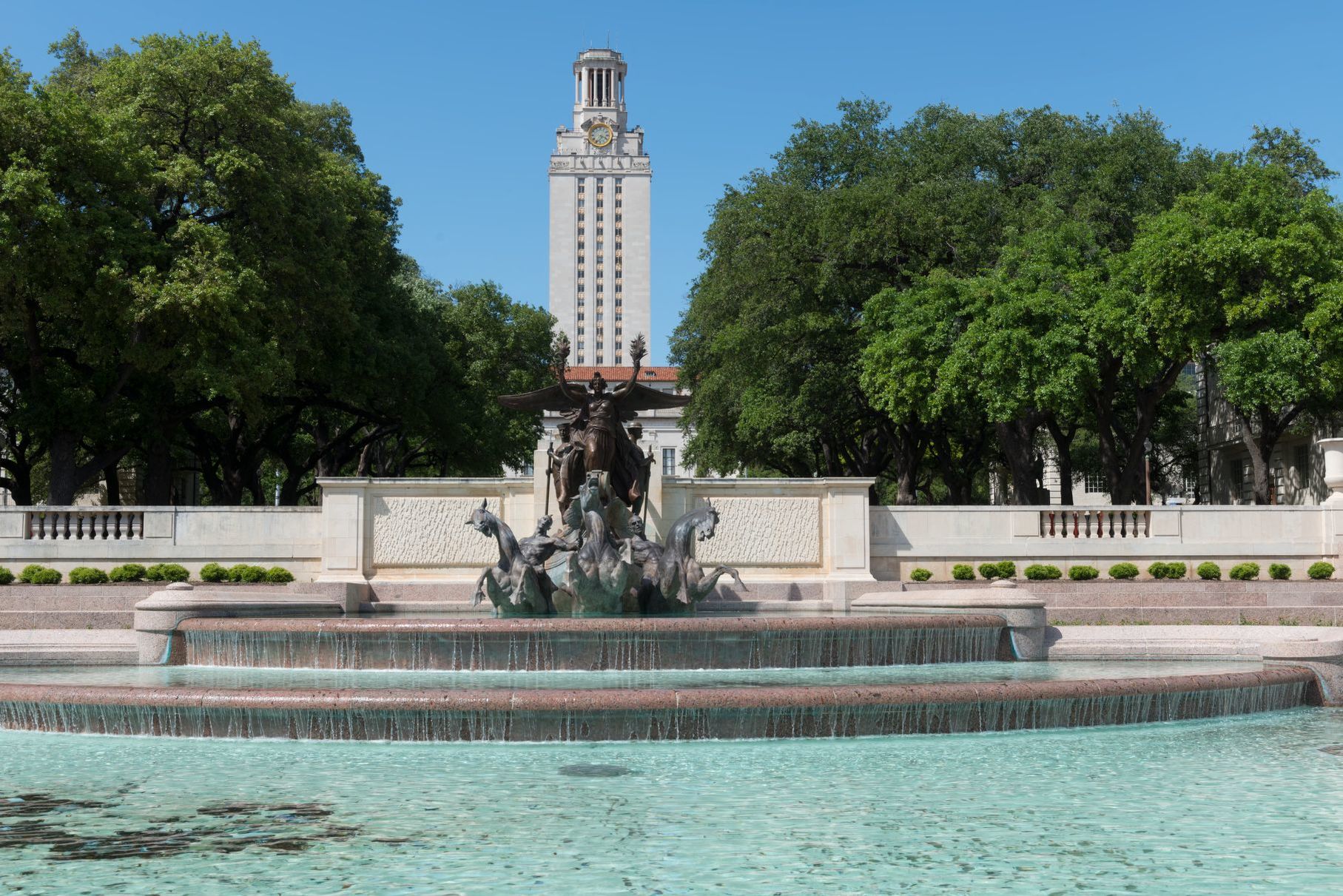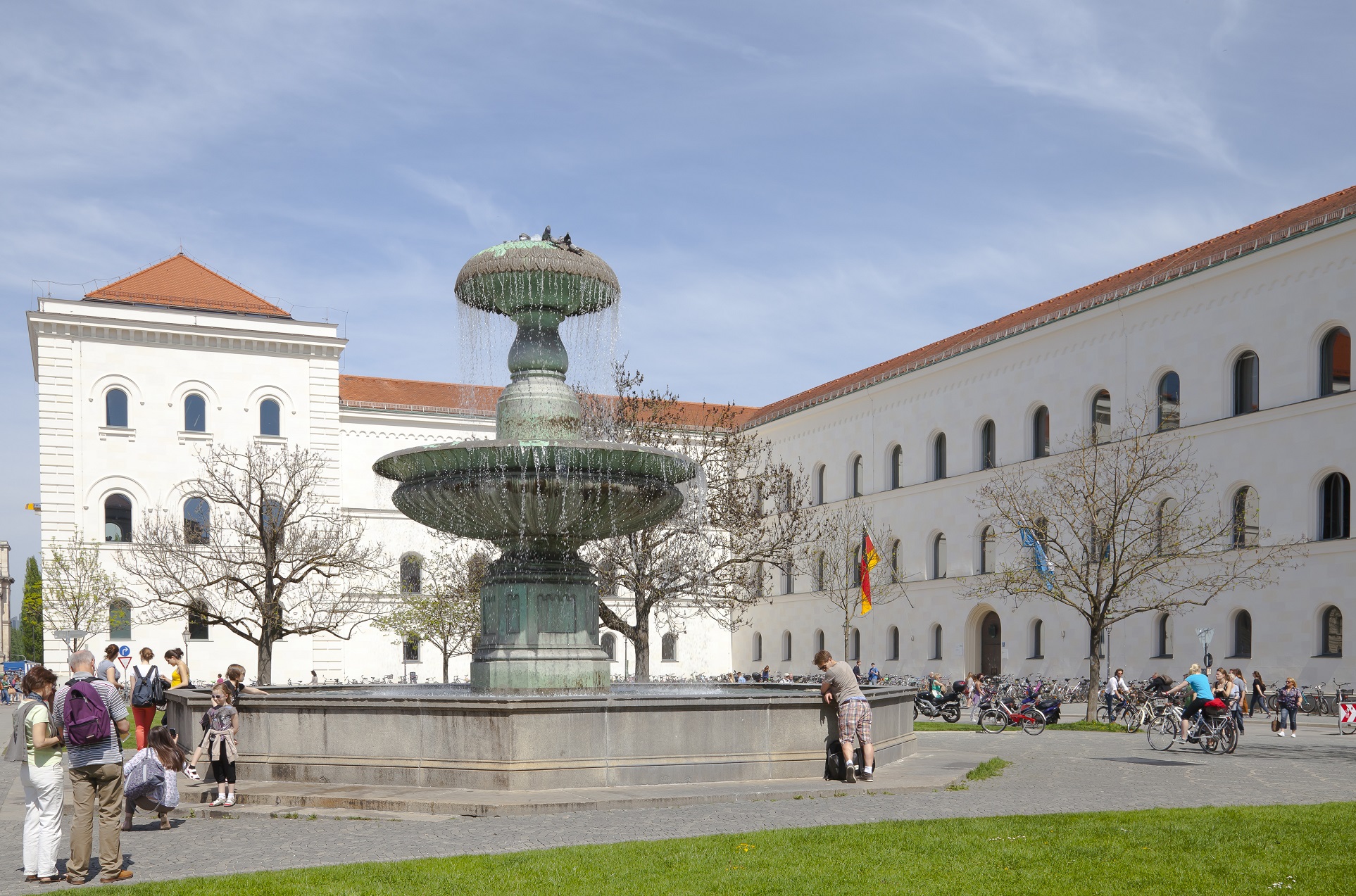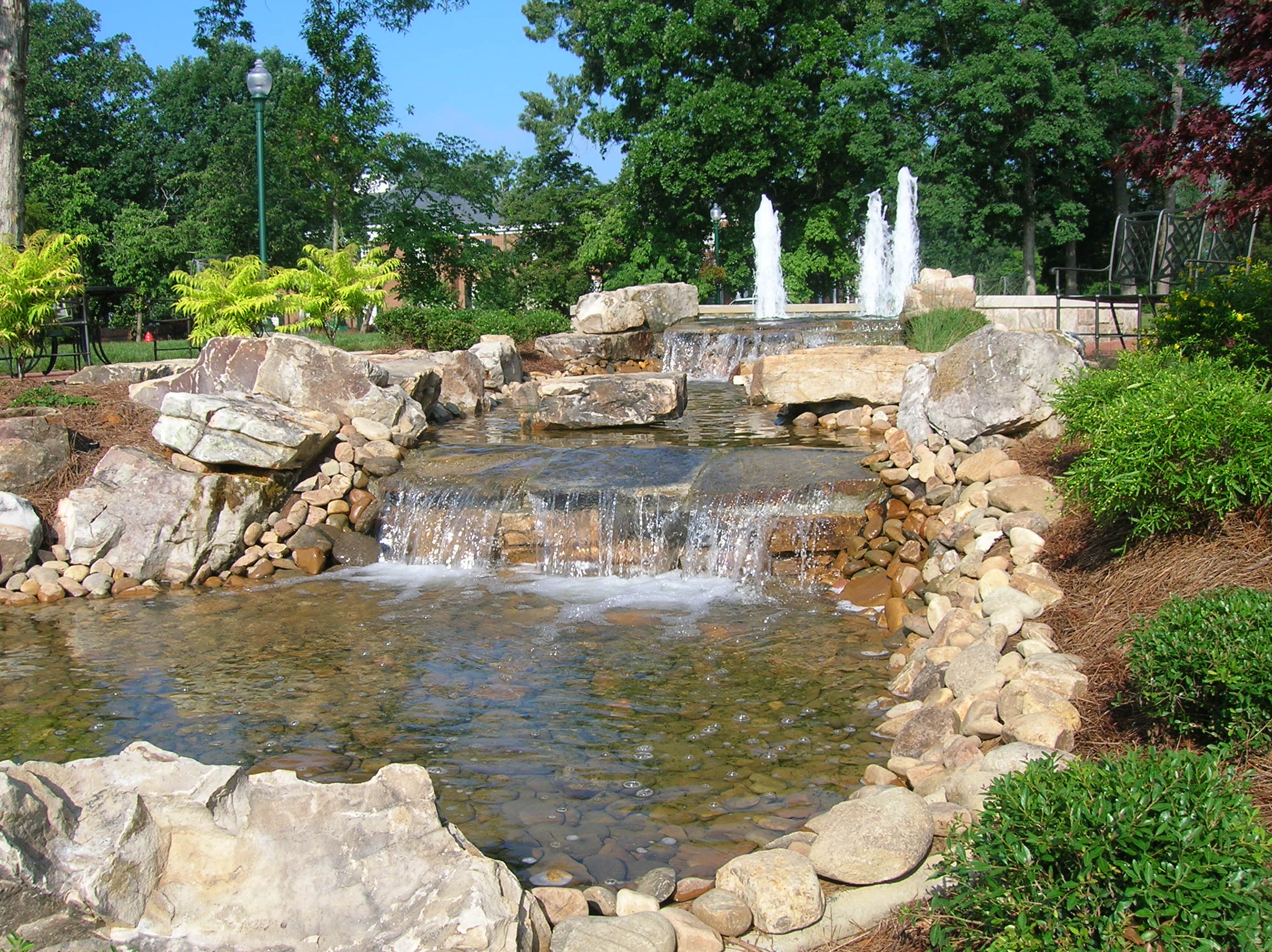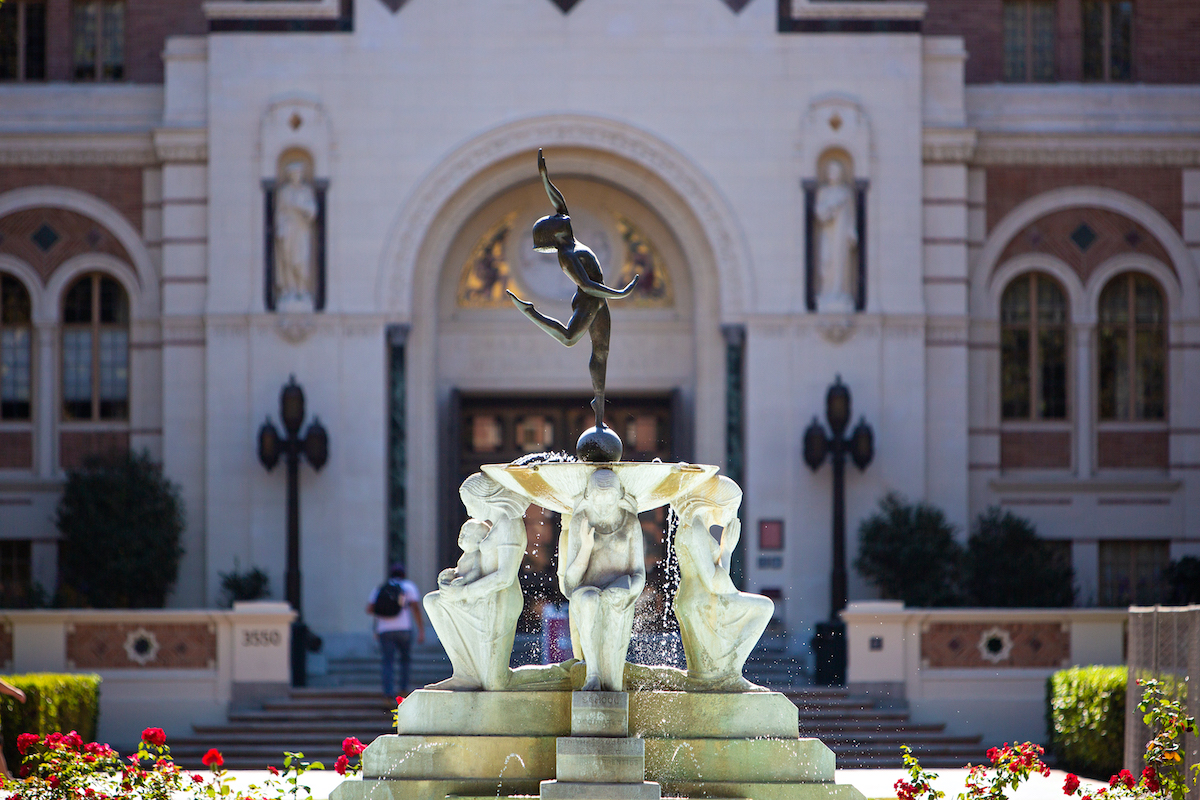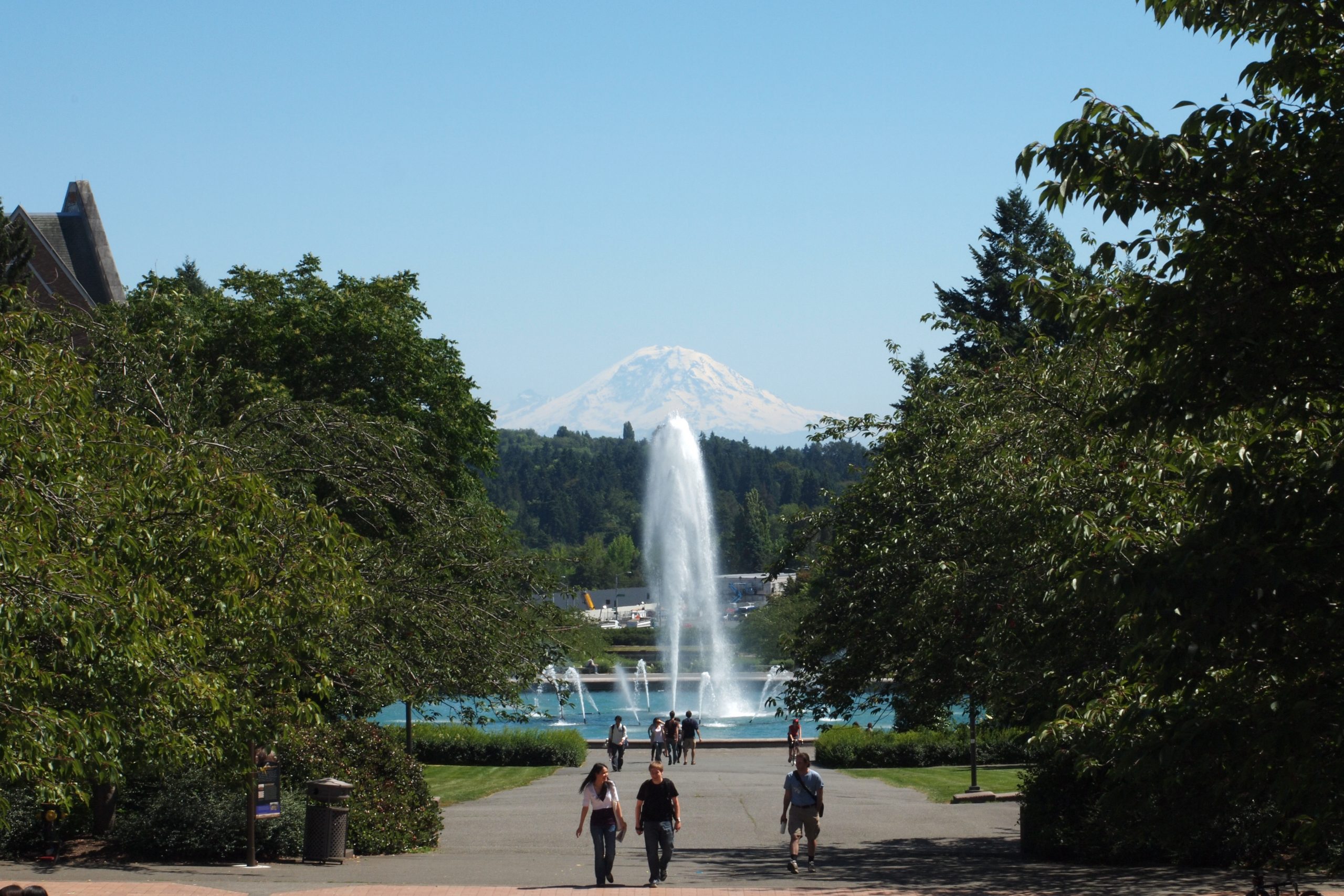Tag Archives: August
- Home
- Posts tagged "August"

Campus Child Day Care
Today at the usual hour we review a selection of global building codes and standards that guide best practice for safety, accessibility, and functionality for day care facilities; with special interest in the possibilities for co-locating square footage into the (typically) lavish unused space in higher education facilities.
Use the login credentials at the upper right of our home page.
International Building Code
-
- Governs overall building construction, fire safety, occupancy classification, and egress requirements for daycare centers.
International Fire Code
-
- Regulates fire prevention measures, emergency exits, fire alarms, sprinkler systems, and evacuation protocols for daycare centers.
National Fire Protection Association
-
- NFPA 101 – Life Safety Code: Addresses occupancy classification, means of egress, fire safety, and emergency planning.
- NFPA 5000 – Building Construction and Safety Code: Provides fire protection and structural safety guidelines.
Americans with Disabilities Act
-
- Requires daycare centers to be accessible for children and parents with disabilities, covering entrances, bathrooms, play areas, and signage.
European Norms – CEN Standards
-
- EN 1176 – Playground Equipment and Safety Requirements: Covers safety standards for daycare playgrounds and outdoor spaces.
- EN 16890 – Safety Requirements for Mattresses in Children’s Products.
British Standards (BS) for Early Years Facilities
-
- BS 8300: Accessibility requirements for childcare facilities.
- BS 9999: Fire safety guidance for daycare and educational buildings.
Australian Building Code & National Construction Code
-
- Covers fire safety, structural integrity, ventilation, and child safety measures for daycare centers.
ISO 45001 – Occupational Health and Safety Management
-
- Establishes safety requirements for employees working in daycare facilities, ensuring a safe environment for both children and staff.
Canadian Building Code & Fire Code (NBC & NFC)
-
- Provides structural, fire safety, and child safety guidelines for daycare centers in Canada.
“A Group of Children Playing the Game ‘Oranges and Lemons’ in a Domestic Interior”
Harry Brooker (1848-1940)https://t.co/YpxsSUf8nV pic.twitter.com/kjhgJvYxPs— Standards Michigan (@StandardsMich) February 24, 2025
Wild Blueberry Pie
Even though it’s almost #Fall, it’s still so warm outside! To cool down this #NationalBlueberryPopsicleDay, ASTM F2520-20 specifies requirements for the design and function of refrigerators and freezers to keep our #BlueberryPopsicles nice and chilled. @ASTMIntl pic.twitter.com/L4wkVWbcDT
— ANSI (@ansidotorg) September 2, 2022
Entstehung der High Society
“Being an artist means not numbering and counting, but ripening like a tree, which doesn’t force its sap, and stands confidently in the storms of spring, not afraid that afterward summer may not come. It does come. But it comes only to those who are patient, who are there as if eternity lay before them, so unconcernedly silent and vast.”
Deutsches Institut für Normung
World Census of Agriculture
”Create in me a pure heart, O God, and renew a steadfast spirit within me.„ Psalms 51:10
Have a blessed Sunday all who feed humanity! #dairy #beef … pic.twitter.com/BG68A4Sn5h— Ion Moraru 🇺🇦 (@IonMoraruDairy) February 18, 2024
University of North Carolina Greensboro: The Cobb Douglas Production Function
Much like its role as a discoverer of new knowledge and as a large consumer in the energy sector, education communities have a significant role in food security research and as a consumer in its school lunch programs, dormitory, athletic facility and healthcare enterprises. Accordingly — in much the same way we follow the US Census Bureau’s monthly construction activity report — we follow a data point provided by the US Department of Agriculture (USDA) as one of our stars to steer by.
Global crop lands visualized by @pythonmaps. Lots of fun things to spot on this map. Nile, Himalayas, Great Dividing Range (Australia), Sahara, Pampas. What else stands out to you? pic.twitter.com/Qdw5UJqZDB
— Simon Kuestenmacher (@simongerman600) September 15, 2023
The World Agricultural Supply and Demand Estimates is a monthly report published by the USDA that provides comprehensive forecast of supply and demand for major crops (global and United States) and livestock (U.S. only). The report provides an analysis of the fundamental condition of the agricultural commodity markets for the use of farmers, governments and other market participants.
World Agricultural Supply & Demand Estimates | September 12, 2025
We maintain the WASDE report on our periodic Nourriture colloquia. See our CALENDAR for the next online meeting; open to everyone
You’ll rarely need a doctor, lawyer, or policeman
But every day, three times a day, you need a farmer pic.twitter.com/X4CTPe11eT
— Conor Lynch (@c_k_lynch) July 25, 2022
More
“The Best Lobster Rolls in New England”
Spoon University was founded in 2013 by Sarah Adler and Mackenzie Barth, two Northwestern University students. Living off-campus, they struggled to cook and navigate local dining options, noticing a lack of food media tailored to college students. They launched a food-focused magazine and website at Northwestern, which quickly grew to over 100 student contributors.
The platform expanded to other campuses, driven by student interest, becoming a crowd-sourced food network for millennials. By 2015, it raised $2 million in funding and now operates chapters at over 200 campuses worldwide, offering recipes, reviews, and food-related content
National Geographic: The story of how the lobster roll became New England’s most iconic food
What Are People Wearing?
“What you wear is how you present yourself to the world, especially today,
when human contacts are so quick. Fashion is instant language.”
So lovely to welcome Ailsa, Georgie and India from @mowden_hall to Robertson House 🦋🩵last night. Enjoy your @SedberghSchool taster experience! pic.twitter.com/5FqWOYtFXL
— Robertson House (@Robertson_Sed) October 7, 2024
Fontaines
Water fountains enhance campus outdoor settings by creating serene, inviting spaces that promote relaxation and social interaction. Their gentle sounds of flowing water reduce stress, mask noise, and foster a calming atmosphere conducive to study or reflection.
Aesthetically, fountains serve as focal points, adding elegance and visual appeal to courtyards or green spaces. They attract students, faculty, and visitors, encouraging gatherings and community engagement. Environmentally, fountains can support local ecosystems by providing water for birds or plants.
Well-maintained, they symbolize a campus’s commitment to beauty and sustainability, enriching the outdoor experience and enhancing the overall campus ambiance.
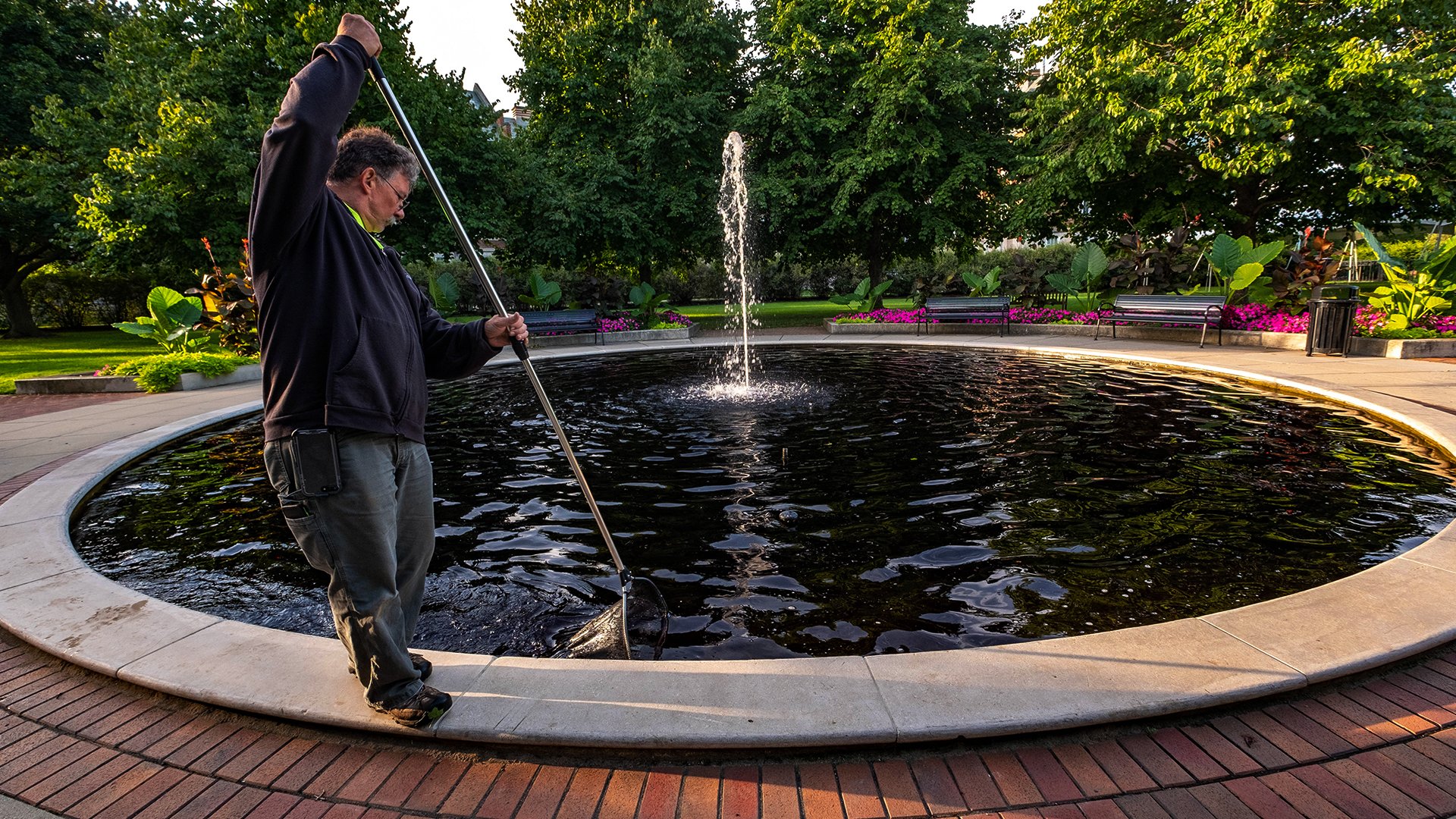
Michigan State University

California Institute of Technology
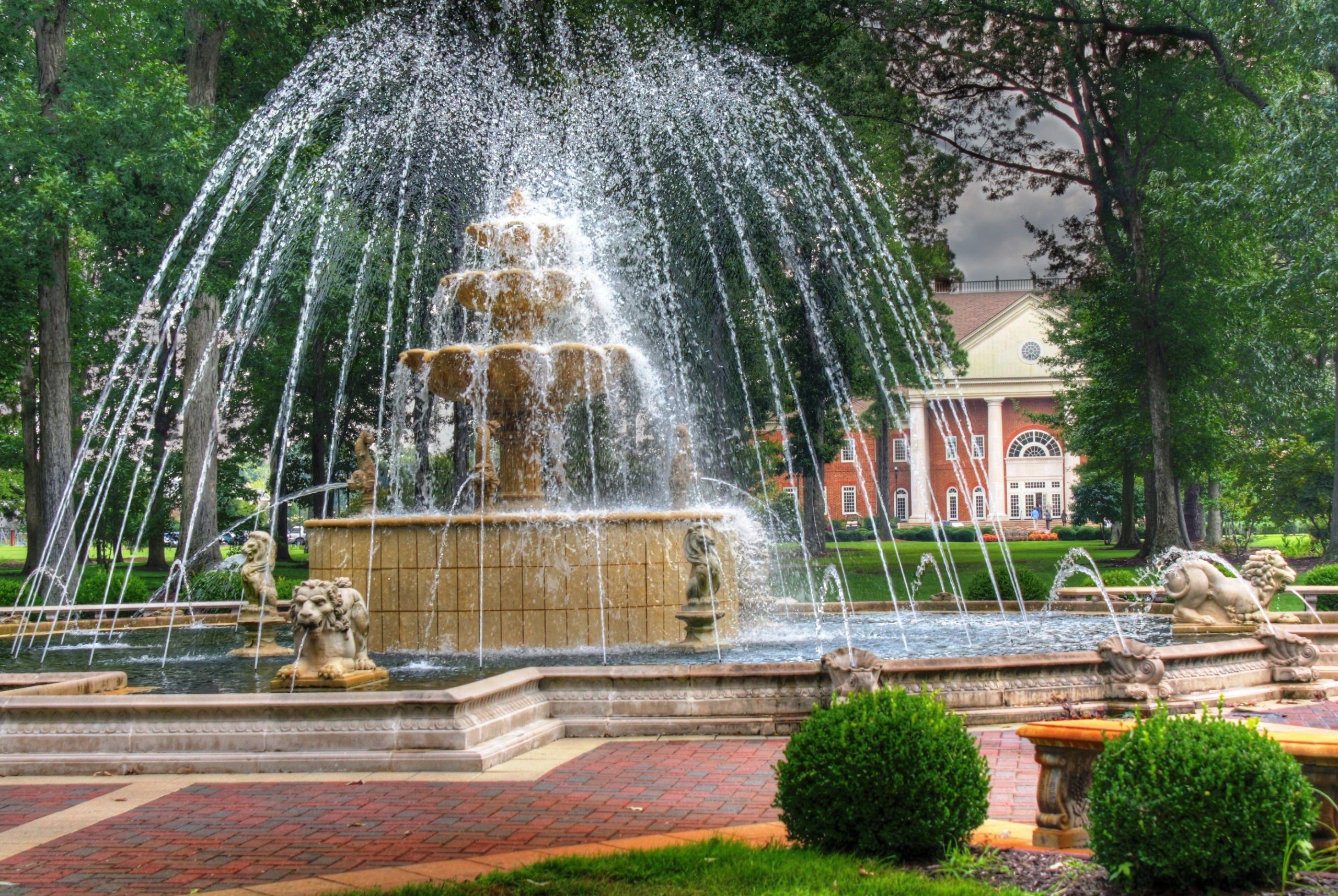
Regent University
Evensong “Knoxville: Summer of 1915”
Williams College is a private liberal arts college located in Williamstown, Massachusetts, USA. Founded in 1793, it is one of the oldest institutions of higher education in the United States. The college was established through a bequest of Colonel Ephraim Williams Jr., a war hero who died in the Battle of Lake George during the French and Indian War. In his will, Colonel Williams left funds for the establishment of a free school on the condition that it be located in Williamstown.
New update alert! The 2022 update to the Trademark Assignment Dataset is now available online. Find 1.29 million trademark assignments, involving 2.28 million unique trademark properties issued by the USPTO between March 1952 and January 2023: https://t.co/njrDAbSpwB pic.twitter.com/GkAXrHoQ9T
— USPTO (@uspto) July 13, 2023
Standards Michigan Group, LLC
2723 South State Street | Suite 150
Ann Arbor, MI 48104 USA
888-746-3670


